





 |
 |
 |
 |
 |
 |
| edmund j. kowalski | profile | all galleries >> Galleries >> Argus 75 Modified for 35mm at Transport Museum | tree view | thumbnails | slideshow |
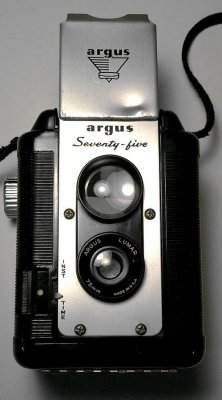 1844.JPG |
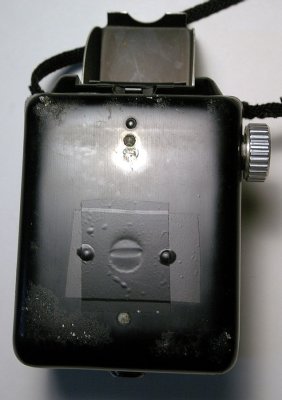 1845.JPG |
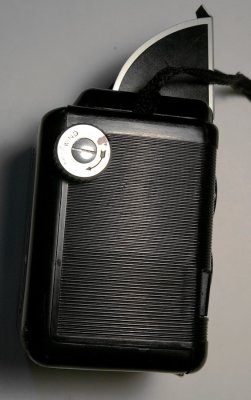 1848.JPG |
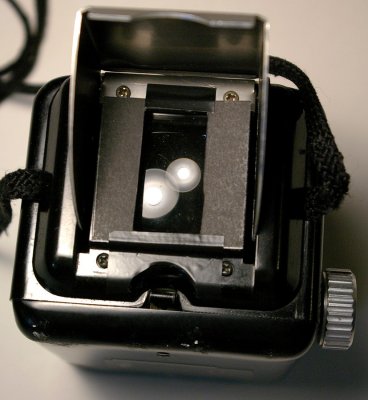 1851.JPG |
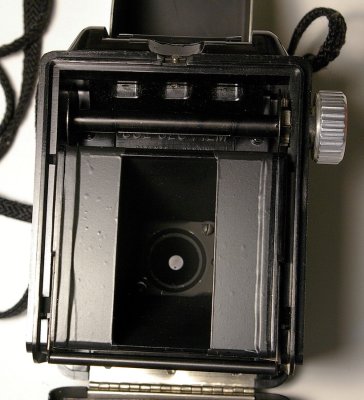 1853.JPG |
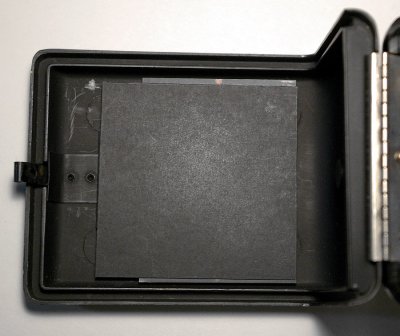 1858.JPG |
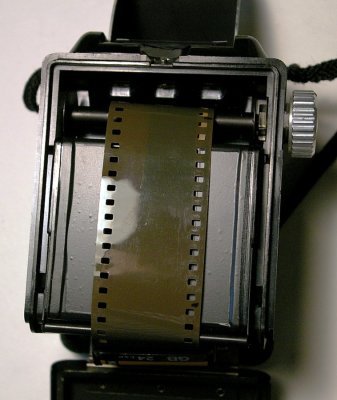 1861.JPG |
 1863.JPG |
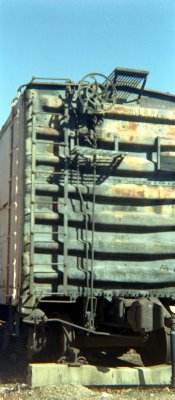 a.jpg |
 b.jpg |
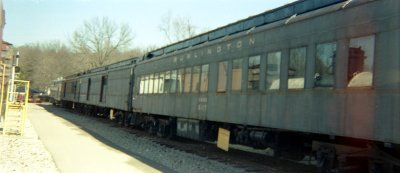 c.jpg |
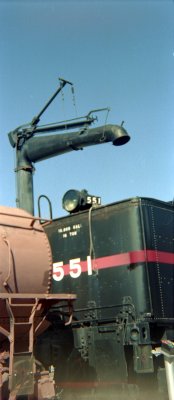 d.JPG |
 e.JPG |
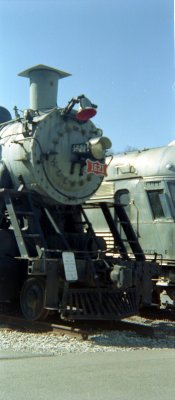 f.JPG |
 g.JPG |
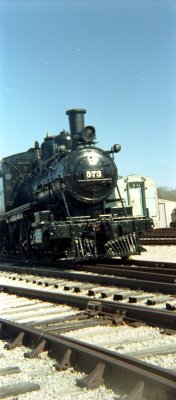 h.JPG |
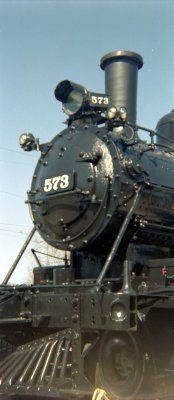 i.JPG |
 j.jpg |
| comment | share |
| Dave Thomas | 07-Mar-2018 17:32 | |
| Marietta | 07-Mar-2018 15:25 | |
| Carolyn | 07-Mar-2018 13:48 | |
| Dave | 07-Mar-2018 05:18 | |